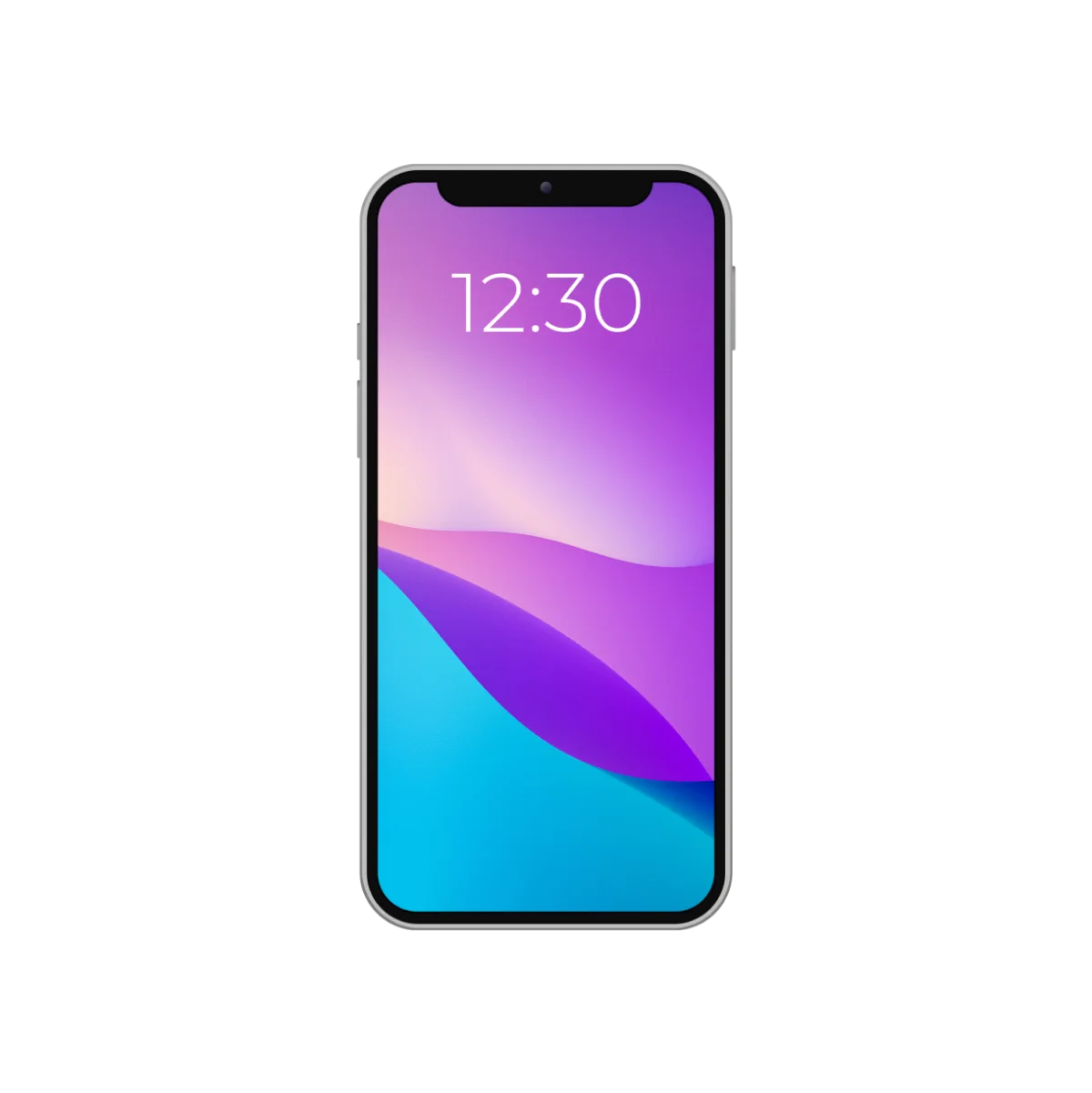
mobile phone insurance
September 25, 2024
gadget insurance
September 25, 2024Cellphone Insurance: Protecting Your Device and Your Peace of Mind
In today’s fast-paced world, our cellphones are no longer just communication devices; they have become essential tools for managing our lives, storing precious memories, and even conducting business. With so much riding on a single device, the thought of losing or damaging it can be unsettling. This is where cellphone insurance comes into play.
Cellphone insurance provides a safety net, ensuring that you don’t suffer financially or lose access to your vital tool when accidents happen. In this comprehensive guide, we’ll dive into everything you need to know about cellphone insurance, from the types of coverage available to how it can save you significant money in the long run.
What is Cellphone Insurance?
At its core, cellphone insurance is a policy designed to protect your device from unforeseen incidents such as accidental damage, theft, loss, or hardware malfunctions. While cellphone manufacturers often provide warranties that cover manufacturing defects, they don’t usually protect against accidental damage or theft, leaving a gap that cellphone insurance is designed to fill.
Types of Cellphone Insurance Coverage
There are several types of cellphone insurance policies, each catering to different needs:
- Accidental Damage Protection: This covers any accidental damage that might occur to your phone, such as dropping it, water damage, or screen cracks.
- Theft and Loss Protection: As the name suggests, this policy ensures that if your phone is stolen or lost, you can get a replacement.
- Extended Warranty: While not technically insurance, extended warranties extend the coverage of manufacturer warranties, covering mechanical and electrical failures.
- Comprehensive Coverage: This includes both accidental damage and theft/loss protection, providing maximum peace of mind.
Why You Need Cellphone Insurance
With the rise in the cost of smartphones, especially flagship devices, it’s no wonder that replacing a broken or lost phone can leave a significant dent in your wallet. A new iPhone or Samsung Galaxy can easily cost over $1,000, and the cost of repairs—especially for broken screens or water damage—can reach several hundred dollars.
Protecting Against the Unexpected
We all have moments of clumsiness, and phones are often the first casualties. Whether it’s dropping your phone on the pavement or spilling a drink on it, accidents happen. Without cellphone insurance, you’d be left footing the bill for repairs or a full replacement. With it, you can quickly get your device repaired or replaced, minimizing downtime.
Theft is a Real Risk
Cellphones are a prime target for thieves. Whether stolen from a bag, car, or directly from your hand, losing your phone to theft is an all-too-common occurrence. Without insurance, the cost of replacing your stolen phone would come out of pocket, but with a theft protection policy, you can get a replacement phone without the hefty price tag.
How Does Cellphone Insurance Work?
When you purchase cellphone insurance, you’ll typically pay a monthly or annual premium, much like any other insurance policy. In the event of an accident, theft, or other covered events, you file a claim with your insurance provider. Here’s the step-by-step process:
- File a Claim: If your phone is lost, stolen, or damaged, contact your insurance provider immediately. Most companies allow you to file claims online or over the phone.
- Pay the Deductible: After filing a claim, you’ll be required to pay a deductible. Deductibles can vary based on the type of claim and the insurance provider but typically range between $50 and $200.
- Receive a Replacement or Repair: Once your claim is approved and the deductible is paid, you’ll either receive a repaired phone or a replacement device. Some providers offer next-day replacements, ensuring minimal disruption to your daily life.
Choosing the Right Deductible
It’s important to choose a deductible that works with your budget. A lower deductible means higher monthly premiums, while a higher deductible results in lower premiums. Striking the right balance is key to making cellphone insurance work for you.
Where to Get Cellphone Insurance
You can purchase cellphone insurance from a variety of sources, each offering different coverage options and pricing structures:
- Mobile Carriers: Most major carriers such as Verizon, AT&T, and T-Mobile offer insurance plans for cellphones, often bundling them with device financing options. These plans are convenient since they’re usually added to your monthly bill, but they can sometimes be more expensive than third-party options.
- Third-Party Insurance Providers: Companies like Asurion or SquareTrade specialize in cellphone insurance and often provide competitive pricing. These providers can offer more flexible plans or lower deductibles than mobile carriers.
- Credit Card Benefits: Some credit cards offer cellphone insurance as part of their benefits package. By simply paying your monthly cellphone bill with the card, you may be eligible for coverage in the event of theft or damage.
Pros and Cons of Cellphone Insurance
While cellphone insurance offers peace of mind, it’s essential to weigh the pros and cons to determine if it’s worth it for you.
Pros:
- Financial Protection: Insurance saves you from having to pay the full price for repairs or a new phone in case of accidents or theft.
- Quick Replacements: Many providers offer fast replacements, minimizing the disruption caused by losing or damaging your phone.
- Comprehensive Coverage: You can choose from a range of policies that cover everything from screen cracks to theft.
Cons:
- Monthly Premiums and Deductibles: Insurance comes at a cost, and you’ll need to factor in both the monthly premiums and the deductible you’ll pay when filing a claim.
- Limited Coverage for Older Models: Insurance providers may not cover older phone models, and some policies depreciate the value of the phone over time.
- Exclusions and Fine Print: Always read the fine print of your policy, as some incidents may not be covered, or there could be limits on the number of claims you can make.
Is Cellphone Insurance Worth It?
For many, cellphone insurance is a worthwhile investment, especially if you own an expensive phone or rely heavily on your device for work or personal life. The key is to evaluate how prone you are to accidents, how secure your surroundings are, and whether you can afford to replace your phone outright if something goes wrong.
Scenarios Where Insurance Makes Sense:
- You’re clumsy or prone to dropping your phone.
- You live in an area where phone theft is common.
- You own a high-end phone with expensive repair costs.
- You travel frequently, increasing the likelihood of loss or damage.
Scenarios Where Insurance May Not Be Necessary:
- You use an older phone that wouldn’t be costly to replace.
- You’re extremely careful and have never broken or lost a phone.
- You’re comfortable paying out-of-pocket for repairs or replacements.
Final Thoughts on Cellphone Insurance
Investing in cellphone insurance can provide significant peace of mind and financial security. With options to cover everything from accidental damage to theft, it’s a small price to pay to avoid the larger cost of replacing or repairing your device.











